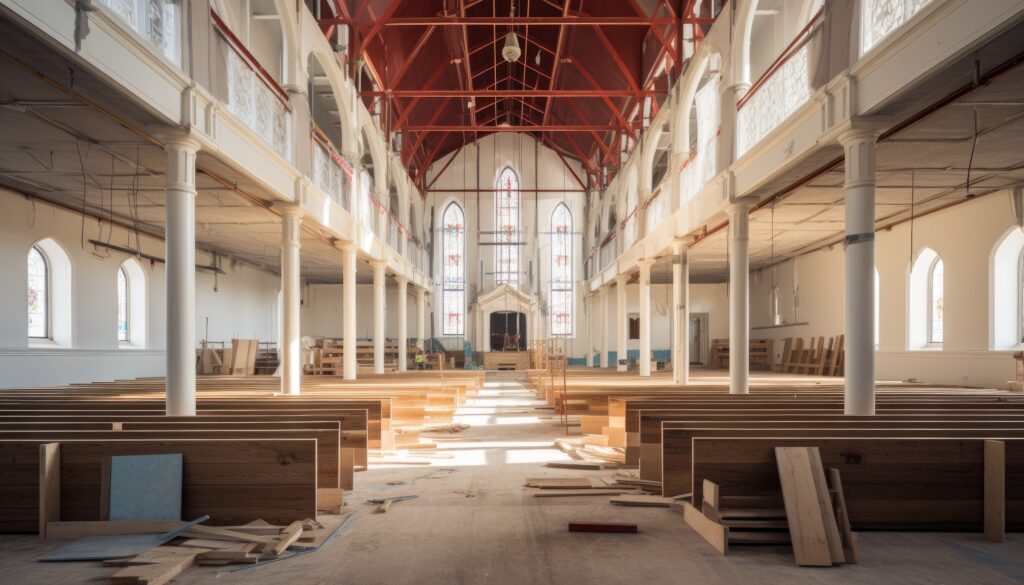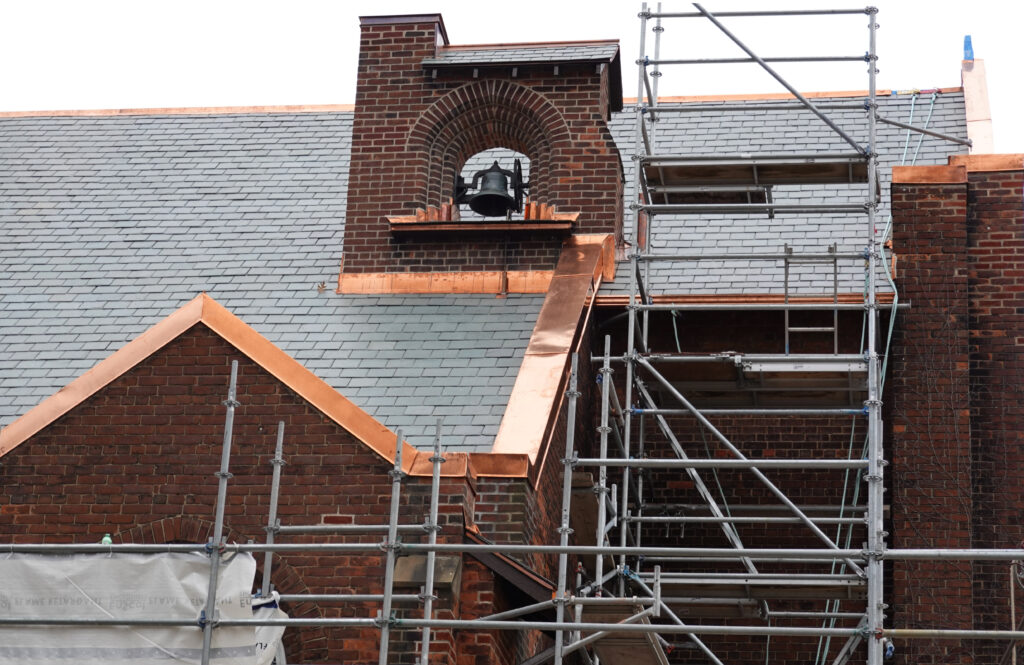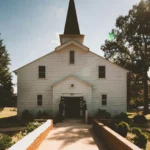After securing the loan, choosing the right type of building for your church is a critical decision that impacts the overall functionality, aesthetics, and budget of the project.
Different types of buildings offer various benefits and challenges, and it’s essential to select one that aligns with your church’s needs and financial capabilities.
Traditional Brick-and-Mortar Buildings
Traditional brick-and-mortar buildings are a popular choice for churches due to their durability, classic appearance, and historical significance. These structures often feature intricate architectural designs, stained glass windows, and spacious interiors that can accommodate large congregations. However, brick-and-mortar buildings can be expensive to construct and maintain, requiring significant investment in materials and labor.
Prefabricated metal buildings are becoming increasingly popular for church construction projects. These structures offer numerous advantages, including cost-effectiveness, quick construction times, and durability.
Metal buildings can be customized to meet the specific needs of the church, with options for large open spaces, classrooms, offices, and recreational areas.
Check out: All About Prefabricated Church Buildings
One of the key benefits of metal buildings is their resistance to weather-related damage, such as high winds, heavy snow, and earthquakes.
Additionally, metal buildings require less maintenance compared to traditional structures, resulting in long-term cost savings. T
hey are also energy-efficient, with options for insulation and climate control systems that can reduce utility costs.
Modular Buildings
Modular buildings are another viable option for churches looking to expand or build new facilities. These structures are constructed off-site in sections, then transported and assembled on the church property.
Modular buildings offer flexibility in design and can be expanded or reconfigured as the needs of the congregation change.
The primary advantage of modular buildings is their rapid construction time. Since the modules are built in a controlled environment, weather delays are minimized, and the overall construction timeline is shortened.
Modular buildings are also cost-effective and can be designed to meet various aesthetic and functional requirements.
Did You Know?
Modular buildings can be constructed 30% to 60% faster than traditional buildings. This speed reduces labor costs and allows for quicker occupancy.




